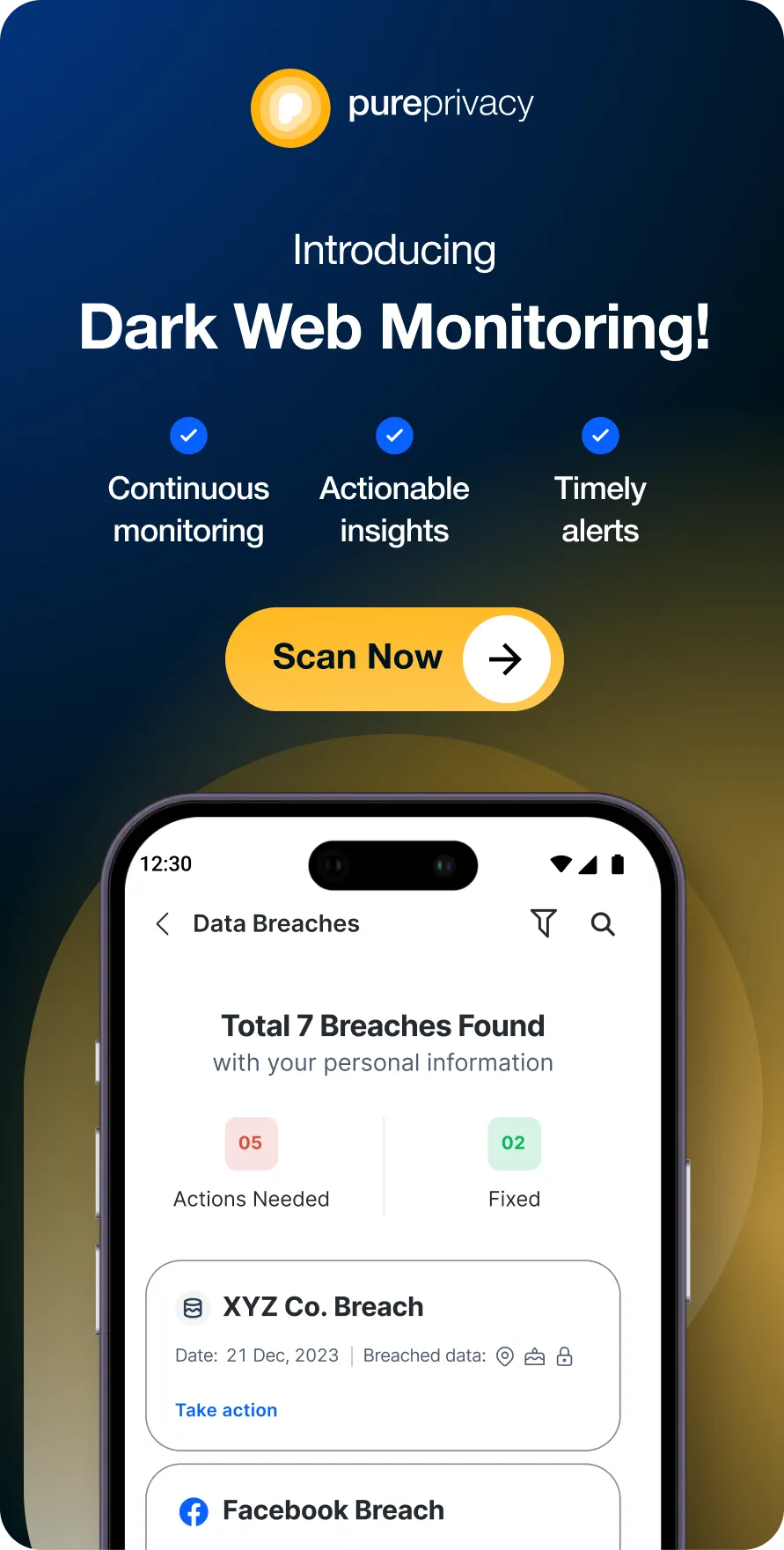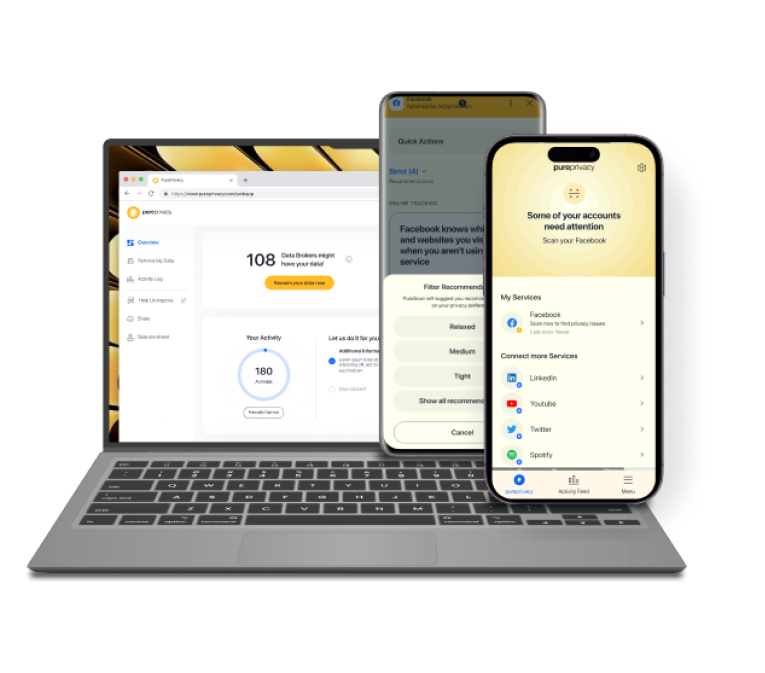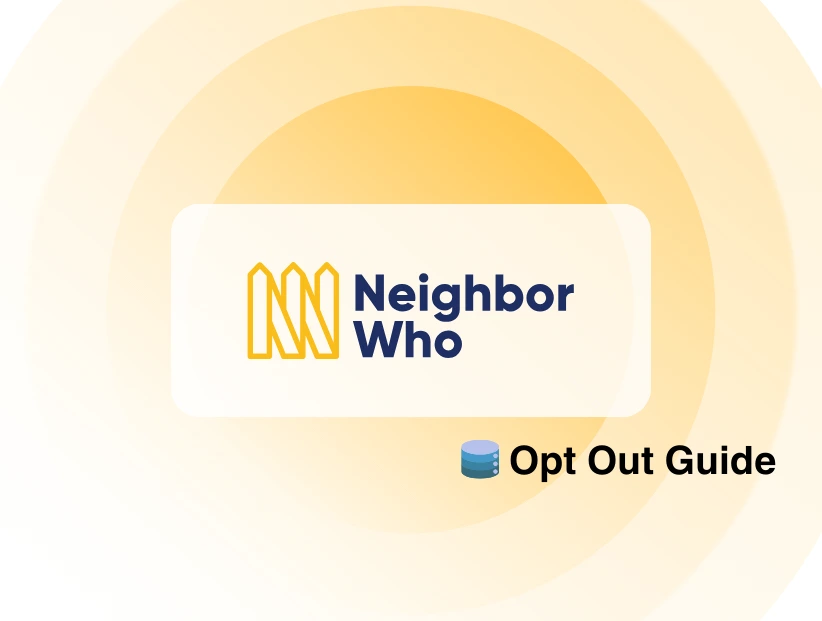Making a fake Facebook account is a simple process, but it is difficult because Facebook might block it if it looks unreal. You must make your account believable and not like your real Facebook account.
How to Make a Fake Facebook Account on a Desktop
- Open your browser and type www.facebook.com.
- If you are signed in, log out and choose Create New Account.
- Fill in the required information.
Bonus Tip: Try to use a dummy email address, phone number, and all other details completely different from your real ones.
- Facebook will now send a confirmation code to the email address you provided.
That’s all! You are good to go with your fake Facebook account.
How to Make a Fake Facebook Account on a Phone
- Log out of your existing account.
- Select the Create account option.
- Enter your details.
- Use a completely different phone number or email address to link your account.
4 Ways to Prevent Your Fake Account Being Flagged by Facebook
- Use a Reputable VPN Service
This helps hide your IP address and location, making it harder for Facebook to track your activity.
- Avoid Suspicious Behavior
Don't send many friend requests or post without a stop; this might trigger Facebook's security algorithms.
- Keep Personal Details Minimal
Use generic information to avoid suspicion.
- Be Cautious With Your Personal Information
Don't share too much personal information or engage in malicious activities that could alert Facebook's security measures. Also, avoid sharing the same posts you have shared with your real account.
Frequently Asked Questions (FAQs)
-
Can Facebook track my IP address while posting and logging in through a fake account?

Adding photos of your life doesn't mean everyone will recognize you. You can avoid including family, friends, or popular places near you in the pictures. Some people also take photos with masks or costumes or artsy pictures where their faces aren't clear. However, your IP address could still be tracked.
-
Can I use my fake Facebook account and real one simultaneously?

No, you can not use a fake Facebook account on the same browser. To access both accounts, you must log in using different browsers.
-
What should I do if Facebook flags or disables my account?

You should appeal to Facebook if your legitimate account is disabled and provide proof that it belongs to you. Alternatively, if your fake account is disabled you must just go on and make another one.
Facebook Privacy Matters for Us and Others!
Respecting others' privacy is as important as yours. With new cyber threats and increasing identity theft cases, data privacy has become one of the most important things online.
You must invest your time understanding every platform’s security and privacy policy. Plus, ensure you use reliable privacy management tools like PurePrivacy for your social media account, including Facebook.






